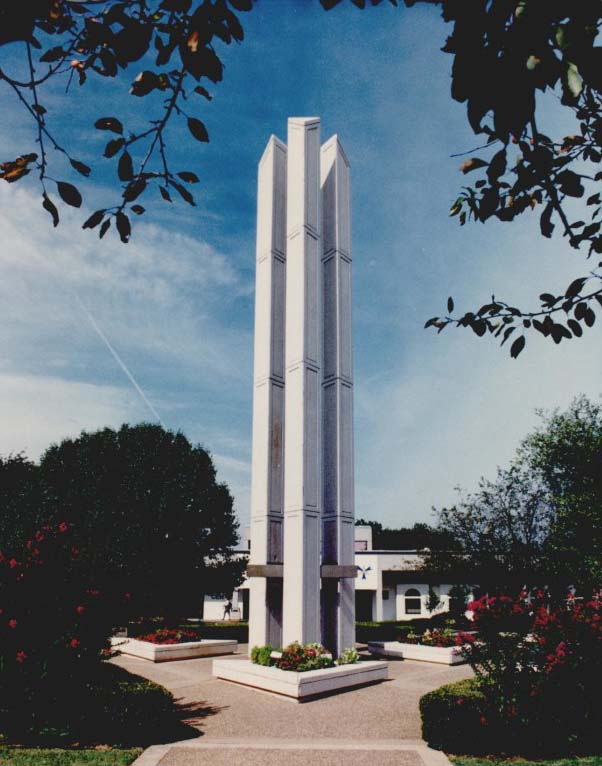
The Encyclopedia of Oklahoma History and Culture
ROSE STATE COLLEGE.
Originally named Oscar Rose Junior College in memory of Oscar V. Rose, a well-known Midwest City–Del City superintendent of schools, Rose State College offered its first classes on September 21, 1970. The school was renamed Rose State College by Senate Bill Number 9 in April 1983. The new name became effective on November 1, 1983.
The college district was formed in 1968 by a vote of the citizens in Midwest City, Del City, and some portions of southeastern and northeastern Oklahoma City. The vote followed passage of Senate Bill Number 2 in 1967, a law enabling district-operated community colleges to receive state aid. Voters of the new district then passed a $1.75 million general obligation bond issue, a two-mill levy for operating expenses in 1969, and a three-mill levy for operations in 1970. In December 1973, after approval from the college's Board of Trustees, the college became a member of the Oklahoma State System of Higher Education.
Rose State College exists as a publicly created and sustained, open-admissions, associate degree–granting college to provide comprehensive lower-division programs of higher education and related community services. In close proximity to Tinker Air Force Base, Rose State has developed educational programs to meet the needs of Tinker's civilian and military personnel. The institution has grown from an initial enrollment of seventeen hundred in 1970 to a regular fall enrollment exceeding eight thousand. To meet enrollment growth the Communication Center was built in 1998, providing art, music, and journalism classrooms as well as a home for theatrical and musical performances. Popularity of the dental hygiene and dental assistant programs led to the construction of the Health Sciences Annex, completed in 2001.
At the turn of the twenty-first century James J. Cook served as the fifth president, and the campus included twenty-one buildings on approximately 116 acres. The college offered associate degrees in business and information technology, engineering and science, humanities, social sciences, and health sciences.






